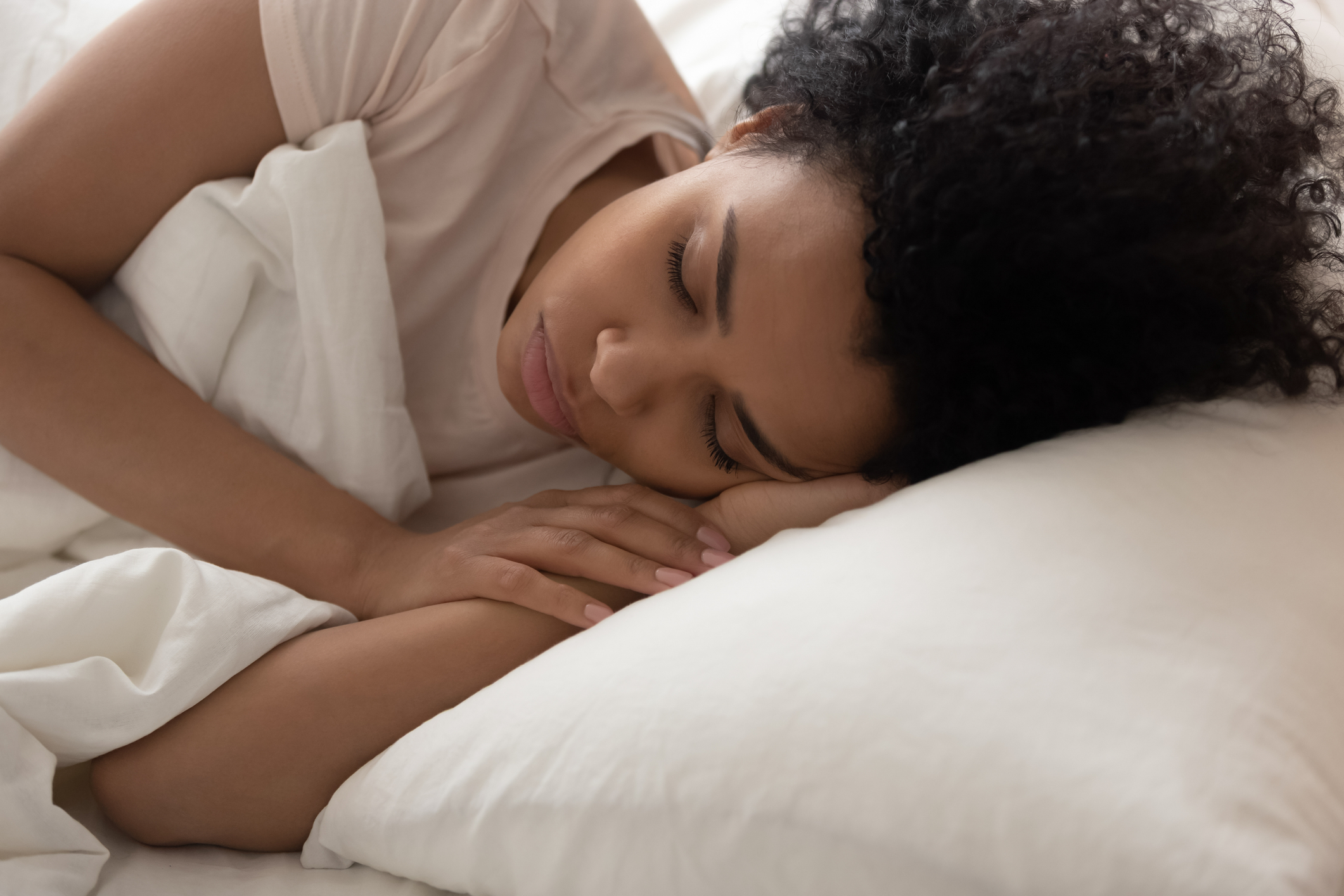Diving into the Dreamworld: Top Five Sleeping Positions that Reinvent Rest and Revitalize Vigor
The way we sleep can profoundly impact our health and overall well-being. Let's commence with a classic and fairly common one: back-sleeping. Studies reveal that sleeping on your back can aid spinal alignment and minimize the likelihood of developing wrinkles. It's optimal for those suffering from acid reflux, provided that the head is elevated sufficiently. It's worth mentioning that this position may be less desirable for individuals prone to snoring or sleep apnea.
Per experts, back sleepers should consider using a smaller pillow to support the natural curvature of the spine. Additionally, placing a pillow beneath the knees can prevent lower back discomfort.
The Thunderous Dreamer: The Starfish Position

Although less common, sleeping on one's back with arms up—or the starfish position—can also have significant benefits. Similar to basic back sleeping, this position is excellent for limiting potential skin breakouts and minimizing wrinkles. However, it might aggravate snoring issues and exacerbate problems for those with sleep apnea.
For people inclined towards this position, using a supportive pillow that properly accommodates the neck is paramount. Moreover, due to the arm positioning in the starfish style, people might experience numbness and tingling sensations. To minimize potential discomfort, using additional pillows to support arms can be very beneficial.
The Side Sleeping: The Log or Yearner Position

Sleeping on your side, particularly on the left side, has been shown to drastically alleviate heartburn and acid reflux. This is known as the log or yearner style, with arms outstretched as if yearning for something.
Research indicates that side sleeping improves brain health by enhancing the brain's glymphatic transport system that helps rid the brain of waste. However, prolonged side sleeping might cause shoulder and arm discomfort due to the pressure. Implement sleeping aids such as knee or body pillows to form a more natural alignment and prevent potential morning soreness.
Lighting the Core: The Fetal Position

Our sleeping SOS - the fetal position is most common and instinctual as it replicates our very first sleeping style experienced in the womb. While appearing comfortable, it can lead to issues. Over-curving the spine collaborates with our morning stiffness.
However, showing a silver lining, it's beneficial for snorers or pregnant women where lying on the left eases heart’s work. This posture should be adopted with caution. It is best to maintain a relatively loose, relaxed position to ensure the body isn't overly wrapped, keeping a balance between comfort and health.
The Oddball - The Stomach Sleeper

In the lineup of sleeping positions, stomach sleeping is the least heralded. Notorious for causing back and neck pain due to the difficulty in maintaining the spine's natural position, it does reduce snoring and sleep apnea episode, striking a double-edged sword.
To make the most of this posture without damning consequences, avoid a high loft pillow. Even the astronauts exploit this position in space to maximize their comfort while offsetting the microgravity environment.
Each position here offers a unique set of benefits and potential drawbacks. It calls upon us to find the best balance between achieving rewarding slumbers and waking up rejuvenated, ready to tackle what the new day brings. Ultimately, elements that govern our sleep are not just limited to sleeping positions, but also include lifestyle choices, stress levels, diet, and exercise, leading us to embrace a comprehensive approach to uncover the secret of sound sleep.